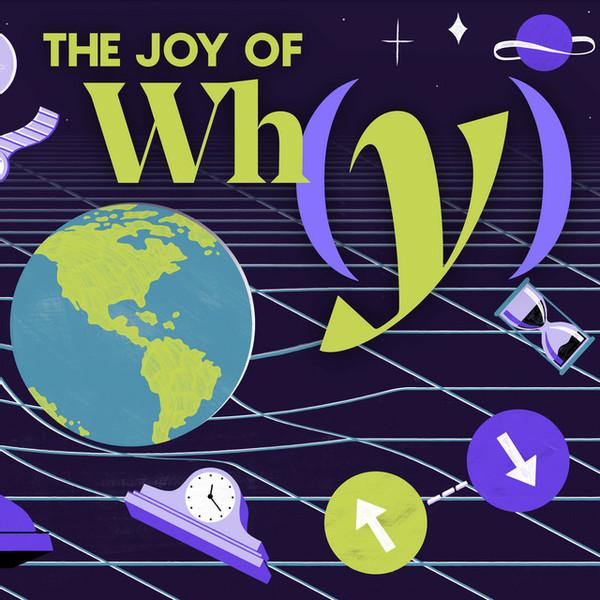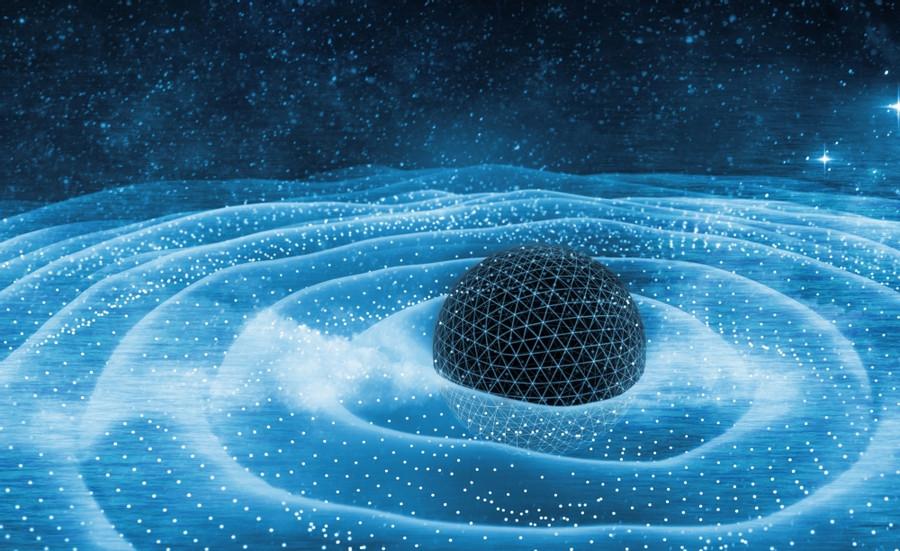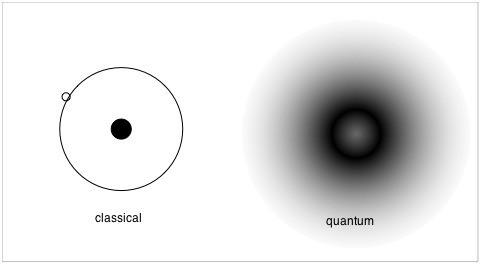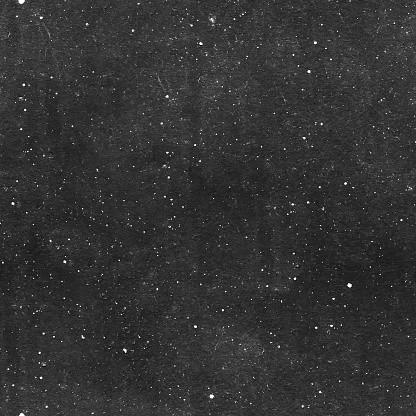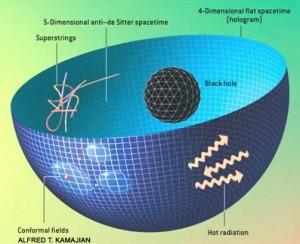Explore the World's Best Ideas
Join today and uncover 100+ curated journeys from 50+ topics. Unlock access to our mobile app with extensive features.
The mystery of space, time and gravity
Space, time and gravity get weird when they are studied at a super subatomic scale, where the quantum nature of gravity starts to kick in.
Albert Einstein taught us that space and time could warp and bend like a piece of fabric. We experience this warping of the space-time continuum as gravity.
Einstein’s theory is mainly concerned with the largest scales of nature, the scale of stars, galaxies and the whole universe. It doesn’t look at space and time at the smallest scales.
27
522 reads
Nature at the smallest level
At the smallest level, nature is governed by quantum mechanics.
The quantum theory account for all the forces of nature but not gravity. When physicists try to apply quantum theory to gravity, space and time start to fluctuate wildly, almost as if falling apart. This is incompatible with the outcome of Einstein’s theory.
Some physicists conclude that space and time may not be as fundamental as we thought. Instead, they seem more like byproducts of something deeper.
26
389 reads
Classical vs quantum mechanics
Both special relativity and general relativity are fundamentally classical theories. Classically, things have positions, and locations - positions and velocities. However, classical mechanics fail at small scales. This is where quantum mechanics becomes useful.
Since the discovery of quantum mechanics, we have to take everything we know about nature and fit it into the quantum mechanical framework. Physicists can do that for almost everything they know about nature, except for gravity and curved space-time.
26
311 reads
Why it’s hard to find a theory that merges quantum theory and gravity
Technical issues
When you’re learning quantum mechanics as a student, you’re taught the classical model for something, then given rules for quantising that classical theory. However, classical theories do not define quantum theories very well. When you straightforwardly apply that quantisation procedure to gravity, it gives infinite crazy answers.
Conceptual issues
With gravity, you’re trying to combine many different possible geometries of space-time, meaning you’re not sure what time is or where things are in space because you don’t know the geometry of space.
25
260 reads
Observation and measurement
Classically, for a particle, you have a clear idea of where a particle is and how fast it’s moving. And you can measure whatever you want.
However, there is less agreement on what quantum mechanics is saying because you have to use words like "measurement" and "observation." You can observe things such as the position or velocity of a particle, but can't measure it.
When you extend that to gravity, things like location in space don’t exist. They are some approximations that you get at the classical level in the right circumstances.
25
254 reads
The emergence of space-time
Consider gas in a box. A box full of some gaseous substance is made of atoms and molecules.
When we look at the gas in the box with our eyes, or our thermometers, we don’t see each individual atom or molecule, its position and velocity. We see coarse-grained features of the system. We can invent a predictive theory of what the gas is going to do based on the coarse-grained macroscopic observables. We can model things without knowing what every atom is doing. That’s emergence. You have a set of properties that are approximate and coarse-grained.
25
236 reads
Entanglement
The Higgs boson is a real particle but it’s hard to detect because it has a very short lifetime and quickly decays into other particles.
It can decay into two particles, an electron and a positron. When you consider quantum mechanics, you can predict roughly how long it will take the Higgs boson to decay, but when it spits out that electron and positron, you can’t predict the direction in which they will move.
Entanglement is the fact that you cannot separately predict what the observational outcome will be for the electron and positron.
27
225 reads
The world is run by what is called quantum field theory
The particles and forces of the world come from fields that spread all throughout space and time and have a quantum mechanical nature. There’s a quantum mechanical field for the photon, the gluon, the Higgs boson, for gravity, etc. But the important thing to remember about field theory is that even in empty space, there are still fields. They are in their lowest-energy state or zero value.
When you take two different points of space-time at some distance between them there are still things there. The quantum state of the fields at these two points in space is always going to be entangled.
25
210 reads
The holographic principle
The idea is that all the quantum mechanical information inside a black hole can in certain circumstances be considered as spread out on the boundary of the black hole.
If you think of the interior of the black hole as a three-dimensional region of space, and the boundary as a two-dimensional boundary, one can think of all the information of the black hole as being located on the boundary. That’s holography because there’s a two-dimensional boundary that is filling the three-dimensional inside.
27
195 reads
Some try to derive gravity from quantum field theories that don’t have gravity in them
In theoretical physics, the AdS/CFT correspondence is called Maldacena duality or gauge/gravity duality.
- Juan Maldacena applied the holographic principle to black holes and anti-de Sitter space. Because there’s no gravity there, you can define quantum field theory on it and have no conceptual issues quantising it.
- Mark Van Raamsdonk, Brian Swingle and others pointed out that if you fiddle with the amount of entanglement between different parts of the quantum field theory on the boundary without gravity, the geometry of the anti-de Sitter space inside changes in response to that.
25
188 reads
IDEAS CURATED BY
CURATOR'S NOTE
Strange things happen when you try to combine Einstein’s description of curved space-time with a universe made up of quantum wavefunctions. This podcast shows how space and time are emergent properties of quantum reality but not fundamental parts of it.
“
Jessica Delgado's ideas are part of this journey:
Learn more about space with this collection
The importance of networking in podcasting
How to grow your podcast audience
How to monetize your podcast
Related collections
Similar ideas
Read & Learn
20x Faster
without
deepstash
with
deepstash
with
deepstash
Personalized microlearning
—
100+ Learning Journeys
—
Access to 200,000+ ideas
—
Access to the mobile app
—
Unlimited idea saving
—
—
Unlimited history
—
—
Unlimited listening to ideas
—
—
Downloading & offline access
—
—
Supercharge your mind with one idea per day
Enter your email and spend 1 minute every day to learn something new.
I agree to receive email updates
